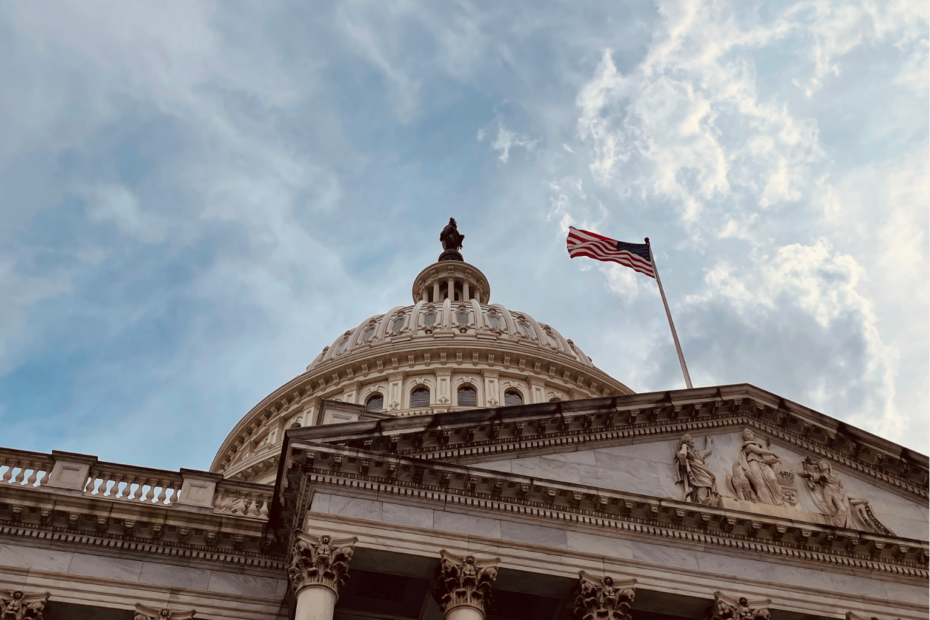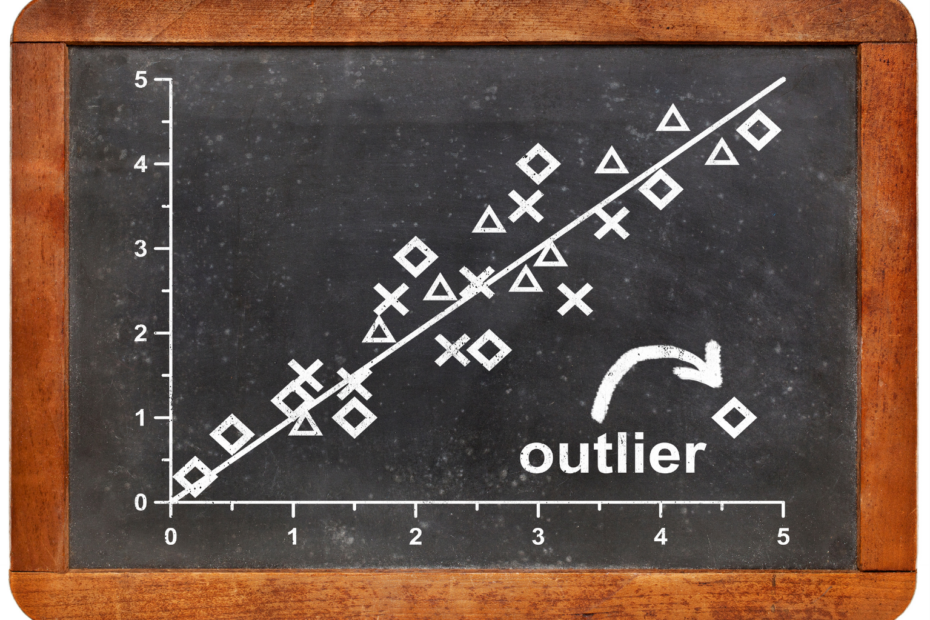Open Database Connectivity (short: ODBC) is a standardized interface for SQL databases, which allows one to access different database management systems and execute queries. The goal is to have a programming interface that works independently of the selected database and can thus be connected to various existing databases.
How does Open Database Connectivity work?
ODBC was first introduced in 1992. At that time it was difficult to establish communication between a database and an application because no standardized tool was available.
The development of ODBC then made it possible to program database-independent applications. For this purpose, the drivers are used, which differ from database to database. They translate the general query into the specific language of the relational database. Therefore, a separate driver must also be installed for each data store.

This allows the programmer to make a standard Open Database Connectivity data request, which is then translated for the database in use, such as MySQL, depending on the driver. Furthermore, the access rights for the memory are also stored in the driver, such as the user name and password.
In which Architecture is ODBC used?
Suppose an application uses data from two different relational databases, such as MySQL and PostgreSQL. Both data stores contain information that only becomes valuable once it is merged. However, it is not possible to store both tables in the same database.

Instead of laboriously copying the information from one table and joining it to the other database, ODBC can be used to query and merge the data directly. This is done by installing the appropriate drivers on the database servers. Then, using SQL queries, the information can be read and merged as desired. From the interface, the merged data can then be further processed or forwarded.
What applications use ODBC?
ODBC (Open Database Connectivity) is widely used in various industries and applications to access and manage databases. Here are some examples of how ODBC is used in practice:
- Financial institutions: ODBC is widely used in the financial industry to access and manage large amounts of data. Banks and financial institutions use ODBC to connect their database systems to various applications to manage transactions, customer data, and other financial information.
- Healthcare: The driver is also used to manage and access patient data. It enables healthcare providers to easily access and update patient data across applications and systems.
- Manufacturing: ODBC is used in the manufacturing industry to manage product data, inventory, and supply chain management. It enables manufacturers to integrate their databases with various software applications to improve production efficiency and reduce costs.
- E-commerce: database driver is widely used in e-commerce for managing customer data, order processing, and inventory management. It enables e-commerce companies to manage large amounts of data and automate various processes easily.
- Government agencies: ODBC is used in various government applications for data management and analysis. It is used in tax collection systems, census data management, and other government data management systems.
Overall, ODBC is a versatile technology that can be used in various industries and applications for database access and management. It allows
What are the Advantages and Disadvantages of using it?
ODBC offers developers the possibility to program applications that can be used generally because they are independent of the concrete database. As long as the memory follows the relational concept, the interface is usable. This is especially advantageous if one wants to program software and offer it for sale.
At the same time, one can access the same Open Database Connectivity interface with several, different applications and is thus more flexible. However, this high flexibility has the disadvantage that the queries sometimes load comparatively slowly, which delays the execution of transactions. Therefore, its use is unsuitable for high-performance applications where loading time plays a major role.
In addition, some preparatory work is necessary to make good use of Open Database Connectivity. For each data source, the appropriate drivers must be installed, which differ for individual data sources. In complex system landscapes, this can sometimes be a complicated matter and the drivers must also be updated regularly.
Furthermore, the drivers are based on Microsoft and Windows. Although drivers for Linux and macOS platforms have been added in the meantime, problems may occur in individual cases, since ODBC was developed and optimized for Windows.
What is OLEDB?
OLEDB was also developed by Microsoft and provides an Application Programming Interface (short: API) for databases. It offers the same possibilities as ODBC and is therefore also considered the successor of Open Database Connectivity. However, it fetches the data already on a higher level and makes it possible thereby also non-relational databases to query, which is seen as a large advantage opposite ODBC.
As soon as the application accesses multiple databases, which are not only relational, OLEDB should be used.
What is the difference between ODBC and JDBC?
Open Database Connectivity and JDBC (Java Database Connectivity) are two popular APIs for connecting to relational databases. Although both APIs serve the same purpose, there are some differences between them.
ODBC:
- ODBC is a C-based API that is platform-independent and can be used on Windows, macOS, and Linux systems.
- Microsoft developed it and allows access to various databases, including Microsoft SQL Server, Oracle, MySQL, etc.
- Drivers must be installed on the client machine to connect to the database.
JDBC:
- JDBC is a Java-based API that can be used on any platform that supports Java.
- It allows access to a variety of databases, including MySQL, Oracle, Microsoft SQL Server, and others.
- JDBC drivers must be installed on the client machine to connect to the database.
In terms of performance, ODBC is generally faster than JDBC because it has a lower overhead. Open Database Connectivity is also more flexible in terms of the types of data it can handle, making it a better choice for some specialized databases. On the other hand, JDBC is easier to use and provides better support for multithreading.
In summary, the choice between ODBC and JDBC depends on the specific requirements of the project. While ODBC may be faster and more flexible, JDBC may be easier to use and provide better support for multithreading. Developers should carefully consider both APIs before making a decision.
What are the different drivers?
Drivers are software components that allow applications to communicate with different types of database management systems (DBMS) through a standard interface. There are different types of ODBC drivers, each with its own advantages and disadvantages.
- Standard drivers: These drivers are usually provided by the database vendors and designed for maximum compatibility with the particular DBMS. They are generally the most reliable and fastest ODBC drivers, but they are only available for specific DBMS platforms.
- Thin client drivers: These are designed to provide lightweight and platform-independent connections to various DBMSs. They send SQL queries to a middleware server, translating the query into the appropriate syntax for the target DBMS. Thin-client drivers are commonly used in Web-based applications that require connection to multiple DBMSs.
- Type-3 drivers: Type-3 drivers are intermediate drivers that bridge ODBC and non-ODBC applications. They translate ODBC calls into a format that is understood by the non-ODBC application or vice versa. Type 3 drivers are generally slower than other types of drivers because of the translation process.
- Type 4 drivers: these are pure Java drivers designed for platform-independent access to various DBMSs. They work by translating ODBC calls into the corresponding Java Database Connectivity (JDBC) calls. Type 4 drivers are generally faster than other drivers because they do not require translation.
Which driver is best for a particular application depends on a number of factors, such as the DBMS used, the level of compatibility required, and the performance requirements of the application. Understanding the different drivers available can help developers choose the right driver for their applications.
This is what you should take with you
- ODBC is a standardized interface for relational databases, which allows programming applications that do not depend on the specific database technology.
- This interface offers programmers the possibility to easily combine several databases and their information. The drivers are available for a wide range of platforms and programming languages.
- The ETL process can be made a lot easier by using Open Database Connectivity, since tables can be accessed directly, thereby omitting time-consuming join operations of different table structures.
- However, using it can lead to longer query times than direct access. In addition, the systems must be equipped with the appropriate drivers for the databases beforehand.
- There are several types of ODBC drivers, including system, user, and file-based drivers.
- ODBC offers a number of advantages over other methods of database access, including platform independence, ease of use, and support for a variety of data sources.
- However, it has some limitations, such as performance, lack of support for some database functions, and the need for separate drivers for each data source.
What is the Univariate Analysis?
Master Univariate Analysis: Dive Deep into Data with Visualization, and Python - Learn from In-Depth Examples and Hands-On Code.
What is OpenAPI?
Explore OpenAPI: A Comprehensive Guide to Building and Consuming RESTful APIs. Learn How to Design, Document, and Test APIs.
What is Data Governance?
Ensure the quality, availability, and integrity of your organization's data through effective data governance. Learn more here.
What is Data Quality?
Ensuring Data Quality: Importance, Challenges, and Best Practices. Learn how to maintain high-quality data to drive better business decisions.
What is Data Imputation?
Impute missing values with data imputation techniques. Optimize data quality and learn more about the techniques and importance.
What is Outlier Detection?
Discover hidden anomalies in your data with advanced outlier detection techniques. Improve decision-making and uncover valuable insights.
Other Articles on the Topic of ODBC

Niklas Lang
I have been working as a machine learning engineer and software developer since 2020 and am passionate about the world of data, algorithms and software development. In addition to my work in the field, I teach at several German universities, including the IU International University of Applied Sciences and the Baden-Württemberg Cooperative State University, in the fields of data science, mathematics and business analytics.
My goal is to present complex topics such as statistics and machine learning in a way that makes them not only understandable, but also exciting and tangible. I combine practical experience from industry with sound theoretical foundations to prepare my students in the best possible way for the challenges of the data world.





